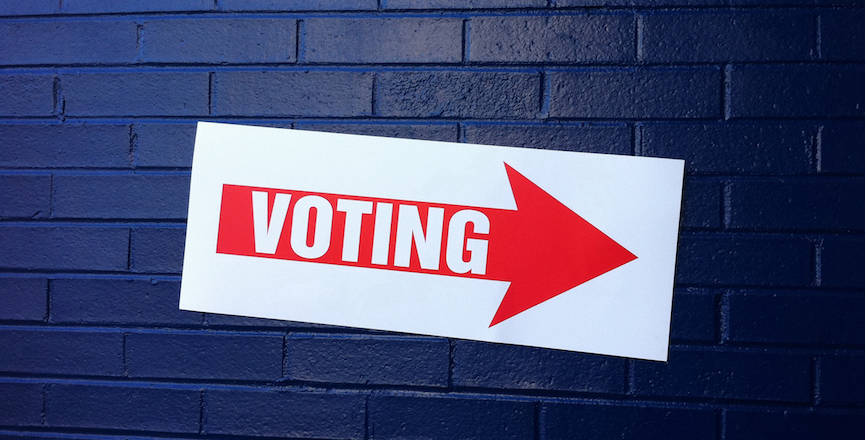The Yukon Government is forming a non-partisan commission to study electoral reform in Yukon. In response to that initiative, I am writing a series of articles examining an array of existing electoral systems worldwide, as well as some unique, new systems as yet untried.
Party List Proportional Representation (PLPR) is one of the more commonly used electoral systems in the world. Electors vote for the political party that best represents their views. Each political party chooses, from their list, candidates to fill the percentage of seats they won in the election. There are three types of PLPR: Closed List, Open List and Panachage, or Free Proportional Representation.
Argentina, Israel, Italy, Russia, South Africa and Turkey use Closed List Proportional Representation. The political parties chose and rate their own candidates. A common criticism of this system is that politicians are beholden to those creating the party lists.
Open List Proportional Representation is a system where electors can use their votes to determine which candidates on a political party’s list are chosen first. It is used by Austria, Belgium, Denmark, Finland, Iceland, Netherlands and Sweden. The ballots are complicated. In the Netherlands, a voter can mark their candidate preference on the ballot as well as their party preference. In Sweden, a candidate has to win five per cent of the party’s votes in order to overturn party preference.
Panachage is a type of open list that allows voters to mark their “X” as many times as there are seats in government. And citizens can vote across party lines. This system is used in Switzerland. Panachage is even more complicated than other Open List systems. The Swiss don’t seem to mind.
A criticism of Proportional Representation is that it leads to coalition governments. Many stable modern countries have coalition governments.
Israel with thirty-four political parties, and Italy with thirty-five, have fractious politics. It is hard to say if that is because of the nature of those countries or the closed list PR system they use. Switzerland, using panachage, has fifteen political parties and a stable, effective government.
Here is the list of criteria for an effective and fair electoral system gleaned from exchanges with Yukoners.
- Make all, or most, votes to count.
- Maintain regional representation.
- Do not significantly increase the number of seats in parliament or legislature.
- Do not significantly increase the costs of elections.
- Keep extremists out.
- Have an electoral system that people can understand when they go to the polls.
- Resistance to undo influence by power groups.
Here is how PLPR would work in Yukon:
- We currently have 19 seats in our legislature. If, for example, the Green Party won sixteen percent of the vote in the next election, they would hold three seats in the legislature. In terms of our political preferences, our votes would be very well represented. Whether or not we are happy with the candidates would depend on whether we are using closed or open list.
- Party List PR does not represent regions at all. I’ve heard quite a few people complain that there are no wards in our municipal government. Lack of regional representation could be a large problem for Yukoners.
- The number of seats in the legislature would not change.
- Closed list PR uses simple ballots and would be easy to count. Open list PR would entail complexity. Panachage would be extremely complicated. We might have to wait until the following afternoon to discover who won seats in the Legislature. So the cost of elections would vary depending on the type of PR we used. But even panachage would not be as costly as the two-round electoral system, which could entail two separate voting days.
- Smaller parties, like the Greens, might have a significant say in who gets to hold government when two top contending parties are close. But the Greens are hardly ‘fringe’. They enjoyed almost 19 per cent of the popular vote in Yukon during the 2011 federal election. But if at some future date, we saw the creation of smaller political parties with narrow interests, you might see a mainstream party forming a coalition with some fairly extreme groups in order to form government. This is how relatively small, ultra right religious group, Haredi at eight percent of the population in Israel, holds the Israeli governments’ feet to the fire.
- Closed List Proportional Representation is fairly straightforward. Open list and panachage are difficult to understand.
- All electoral systems can be open to the kind of influence exerted by corporations, unions or religions. Power groups would have to spread their influence dollars over a larger area in any PR system. But, there is nothing to stop these groups from forming narrow interest political parties.
Here is an amusing video explaining Closed List Proportional Representation.
Here is a clear, but not so entertaining, video explaining Open List Proportional Representation.
Now would be a good time for Yukoners to write their MLA and Premier to tell them how important electoral reform is for a fair and democratic electoral system.
Image: justgrimes/Flickr
Like this article? Please chip in to keep stories like these coming.




